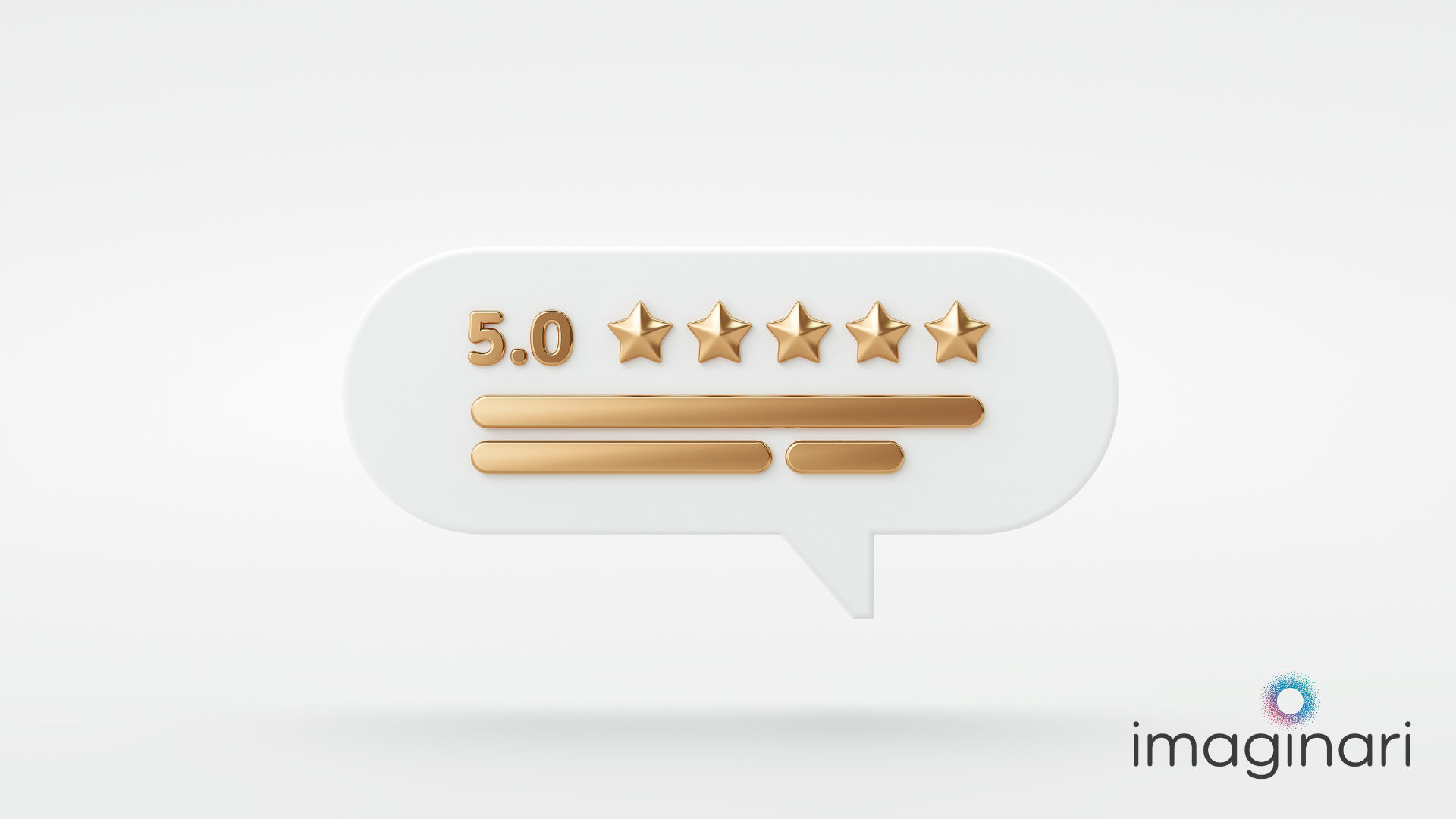
Customer feedback isn’t just valuable—it’s the lifeblood of business growth and market leadership. Every review, comment, and survey response holds the key to deeper customer connections, stronger brand loyalty, and smarter business decisions. Yet, too many companies ignore or underutilize this gold mine of insights. The most successful brands—those that scale, innovate, and dominate their industries—treat customer feedback as a strategic asset, using it to refine their offerings, sharpen their messaging, and stay ahead of the competition.
Businesses that actively listen to their customers gain a competitive edge, uncovering opportunities for innovation, refining their messaging, and strengthening customer relationships. Feedback provides a direct line to what’s working, what’s not, and what customers truly want. By harnessing this information effectively, brands can make informed decisions that fuel growth, increase retention, and create a more impactful customer experience.
- Feedback is a Reality Check: What You Think vs. What’s True
It’s easy to assume you know what customers want, but assumptions don’t drive success—data does. Customer feedback provides real, unbiased insights into what’s working and what isn’t.
Key Areas Where Feedback Provides Clarity:
- Product & Service Quality: Are customers happy with what they receive?
- Brand Perception: How do they see your brand compared to competitors?
- Customer Experience (CX): Are there pain points in your buying or service process?
- Marketing Effectiveness: Are your messages resonating?
Pro Tip: Conduct regular surveys, social listening, and direct outreach to bridge the gap between perception and reality.
- Customer Insights Fuel Business Growth
Understanding your audience at a deep level sets industry leaders apart. The most successful brands don’t just offer products or services—they create solutions that evolve with their customers.
How Feedback Drives Growth:
- Identifies opportunities for innovation (new features, products, or services)
- Helps refine messaging to better connect with target audiences
- Improves customer retention by addressing pain points before they cause churn
- Strengthens competitive positioning by adapting faster than competitors
Pro Tip: Pay attention to repeat complaints or suggestions—they highlight gaps in your offering or experience.
- Happy Customers Become Brand Ambassadors
Your best marketing isn’t your advertising—it’s your satisfied customers. When people love your brand, they spread the word, driving organic growth through referrals, testimonials, and online reviews.
Maximizing Positive Feedback:
- Encourage customers to leave reviews (Google, Yelp, Trustpilot, social media)
- Feature testimonials in your marketing materials and website
- Use case studies to showcase real success stories
Pro Tip: Incorporate positive customer feedback into your ad campaigns, website, and email marketing to turn it into powerful social proof.
- Negative Feedback is a Growth Opportunity
No business is perfect, and negative feedback isn’t a failure—it’s free business advice. The brands that handle criticism with transparency and action stand out as industry leaders.
How to Handle Negative Feedback:
- Listen & Acknowledge – Show customers that you value their input
- Respond Quickly & Professionally – Never ignore complaints
- Take Action – Use the feedback to improve processes and offerings
- Follow Up – Let customers know their feedback led to change
Pro Tip: A publicly resolved complaint builds more trust than a perfect five-star rating. Show your audience that you care about a positive resolution.
- Feedback Enhances Personalization & Customer Loyalty
Consumers expect personalized experiences, and the best way to personalize is to listen. Data-driven brands use feedback to tailor products, services, and marketing to individual customer needs.
Utilizing Customer Feedback for Tailored Experiences:
- Create customized offers based on past purchases or preferences
- Send personalized email campaigns with relevant content
- Adapt website UX and content based on user behavior
Pro Tip: Use AI-powered feedback analysis tools (like Qualtrics or Medallia) to uncover deeper patterns in customer sentiment.
- Where to Collect Valuable Customer Feedback
A structured approach is needed to gather feedback effectively. The best insights come from a mix of direct and indirect sources.
Best Feedback Collection Methods:
- Surveys & Polls – Quick and direct customer input
- Reviews & Testimonials – Public endorsements and complaints
- Customer Support Interactions – Frontline feedback from service teams
- Social Media Listening – Unfiltered conversations about your brand
- Sales & CRM Data – Behavioral trends and purchase insights
Pro Tip: Automate feedback collection through post-purchase emails, chatbot interactions, and in-app surveys. For companies without advanced systems, start simple—use email surveys, social media polls, or direct customer follow-ups to gather insights efficiently.
Final Thoughts: Turning Feedback into Competitive Advantage
If you’re not actively listening to your customers, you’re missing out on one of the most powerful drivers of success. When leveraged strategically, it fuels innovation, improves retention, strengthens brand reputation, and positions your company as an industry leader.
At Imaginari, we help businesses unlock the full potential of customer insights to build stronger, more impactful brands. If you’re ready to turn feedback into fuel for growth, let’s talk.
Let’s build something extraordinary together.
Contact us to start leveraging your customer feedback today at www.imaginari.com/contact